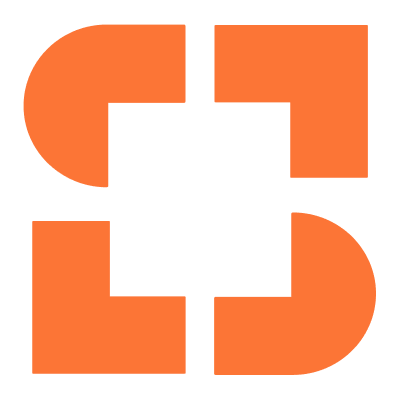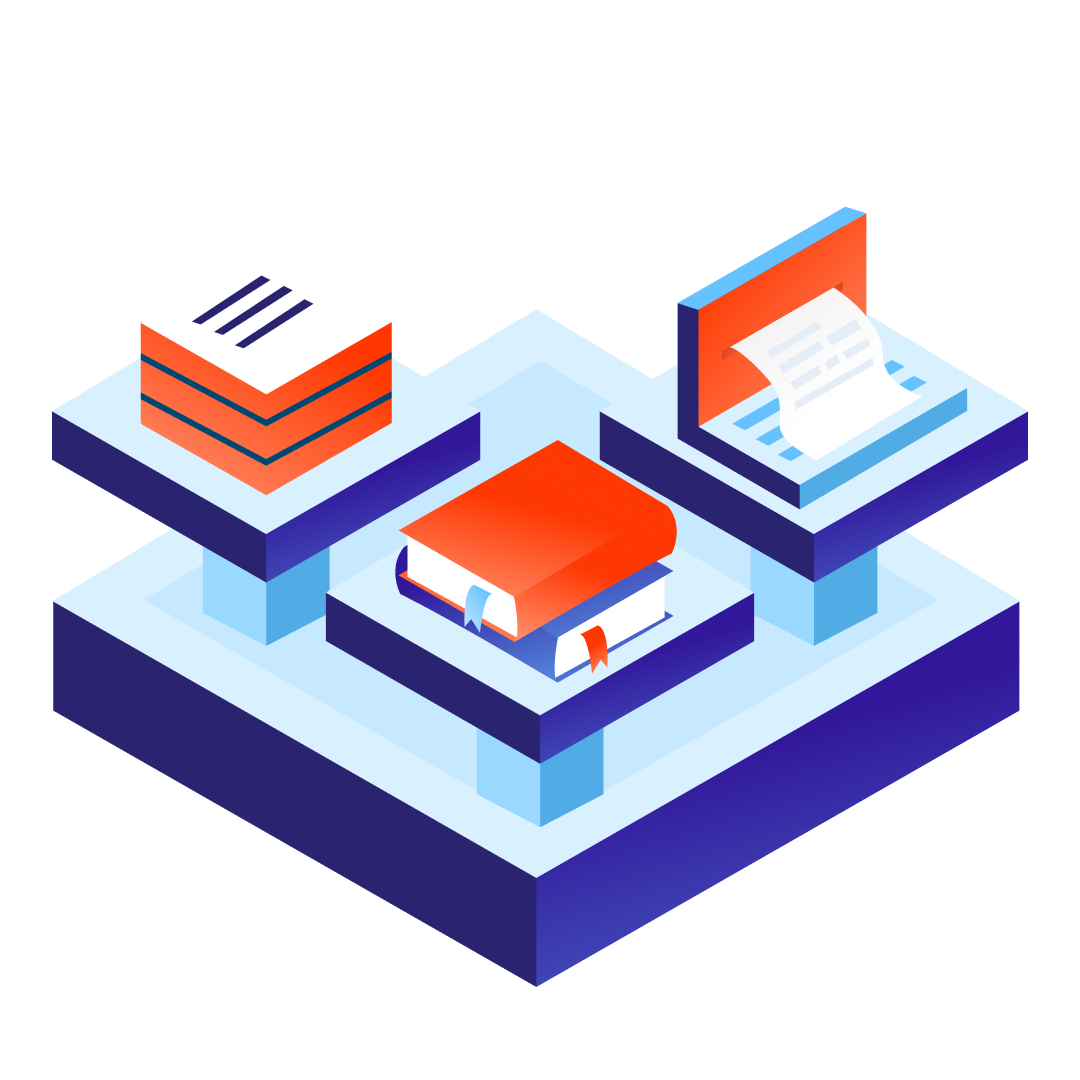There’s a lot of digital closing technology out there, but figuring out the difference between all the options and narrowing down your choices is more confusing and difficult than ever. Lenders can avoid getting caught in this confusion by using the following framework to easily place digital closing solutions into one of three categories: secondary focus products, add-on closing tools, and comprehensive digital closing solutions.
Each type of digital closing technology has its strengths and weaknesses. Understanding these types can help you differentiate solutions and quickly eliminate ones that don’t meet your needs.
Secondary focus products
With the increased interest in digital closings, companies that specialize in other parts of the mortgage process are beginning to build digital closing technology as a way to capture more business. Because these companies have been focused on serving other parts of the mortgage process, like loan origination or document generation, they aren’t experts in the closing. Digital closings are a secondary focus for them.
Digital closing technology needs to be able to integrate with a lender’s core systems in order to transfer data and documents back and forth. Secondary focus products usually integrate better with a lender’s existing systems, like the POS, LOS, or document provider. This leads to less technical work needed and fewer issues. However, you’ll only benefit from this if you already use the vendor for their primary product.
If you aren’t already using the vendor for its primary purpose, there’s a risk that you’ll need to switch. For example, if the digital closing technology you’ve chosen doesn’t work with your document provider, you will need to either choose another digital closing solution or switch to another document provider. This is costly and time-consuming.
Add-on closing tools
Add-on closing tools can act as a quick fix to get your company on board with digital closings. These tools do one or more components of digital closings really well, like eNote or remote online notarization (RON). However, because they typically specialize in a certain part of digital closings, you’ll need to put together multiple tools in order to offer eClosings.
With add-on closing tools, lenders can get the best-in-class option for all of the different components that are needed for digital closings. For example, you can implement the best RON technology and the best eSigning tool. This is tempting, but when you think about how to implement these multiple tools, there’s a tremendous amount of work needed and it can result in a clunky closing process.
While you can insert these add-on closing tools into your current process, they often create more work and steps for your team. You’ll need to ensure that all of these different tools integrate with each other and your core systems. If there aren’t integrations available, you’ll have to manually move documents and information between these different technologies. By cobbling together multiple tools, you end up having to juggle different workflows and technologies.
Putting together multiple add-on closing tools also impacts the borrower’s experience. When borrowers have to use one tool to eSign their documents and another tool for their remote closing appointment, they experience a disjointed, confusing, and complicated closing. Lenders who have engineering resources can bring all of these tools into a single portal for borrowers. You’ll just need to weigh whether the time and cost of doing so is worth it.
Comprehensive digital closing solutions
Since eClosings haven’t been adopted by all stakeholders, lenders and their settlement partners have to be able to manage all three types of closings: wet closings, hybrid closings, and eClosings. Comprehensive digital closing solutions offer a single standardized process for any type of closing. This creates enormous efficiencies for lenders, since closers don’t have to manage multiple processes, documents are sent to and received from settlement in the same way, and all communication happens in a central platform.
Not only do comprehensive digital closing solutions support all types of closings, but they also connect all closing participants and offer robust tools for all parties. Lenders, settlement, and borrowers all benefit when using this type of eClosing technology. They get visibility into the progress of the closing and are able to complete their part of the closing more efficiently.
Comprehensive digital closing solutions even digitize the processes around the closing. This means that you’re getting more than just tools for document preview, eSigning, eNote, and eNotarization. You’re also getting automated and digital workflows that reduce manual and time-consuming tasks, like data entry, printing and scanning documents, and sending emails.
As Jan Valencia, Residential Mortgage Systems Project Manager at KS StateBank, looked into eClosing technology, she realized how important the digitization of the workflows around the closing is. “When we first started looking at eClosing capabilities, I realized that it was a bigger need for the whole digital solution, where it wasn’t just about eSigning, but it was also about the workflow around that,” she said.
With a comprehensive digital closing solution, lenders can increase internal efficiencies while also delighting borrowers with a quick and easy closing.
How to find the right digital closing technology
Being able to quickly understand the different types of digital closing technology through these three categories is just the start of finding the right eClosing technology for your business. As you research your options and watch demos, you’ll uncover details that further differentiate the vendors and their technology.
To determine which capabilities you need in a digital closing solution and the qualities that you should have in a technology partner who can lead to successful digital closing adoption, download our free checklist. Armed with this checklist, you’ll have a clear understanding of how to vet digital closing solutions in order to find the one that creates lasting business value.






